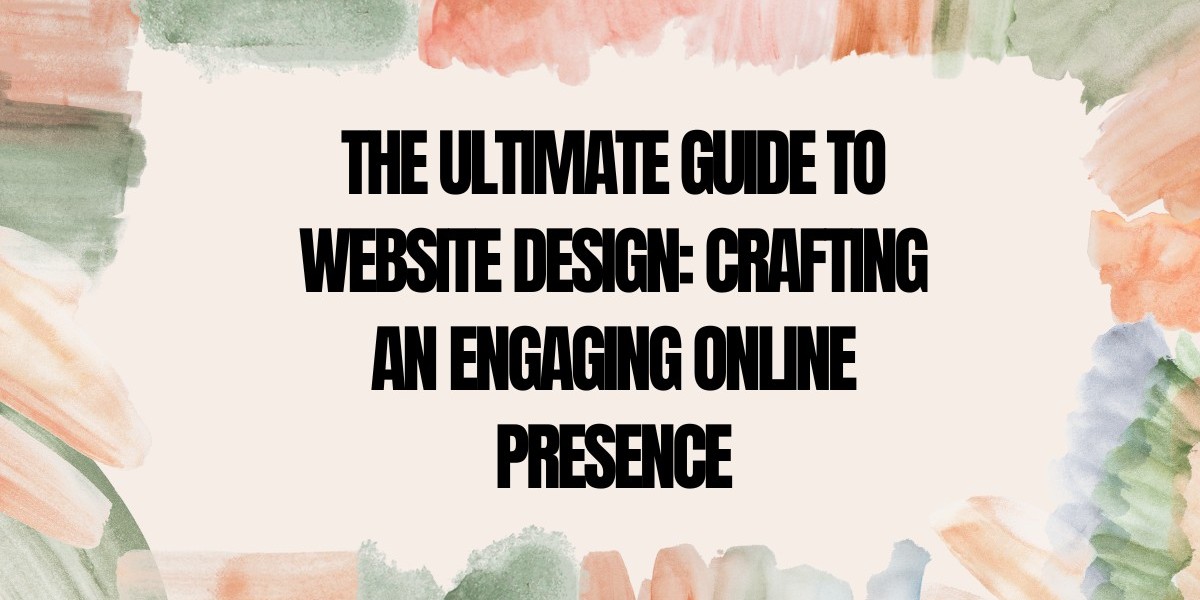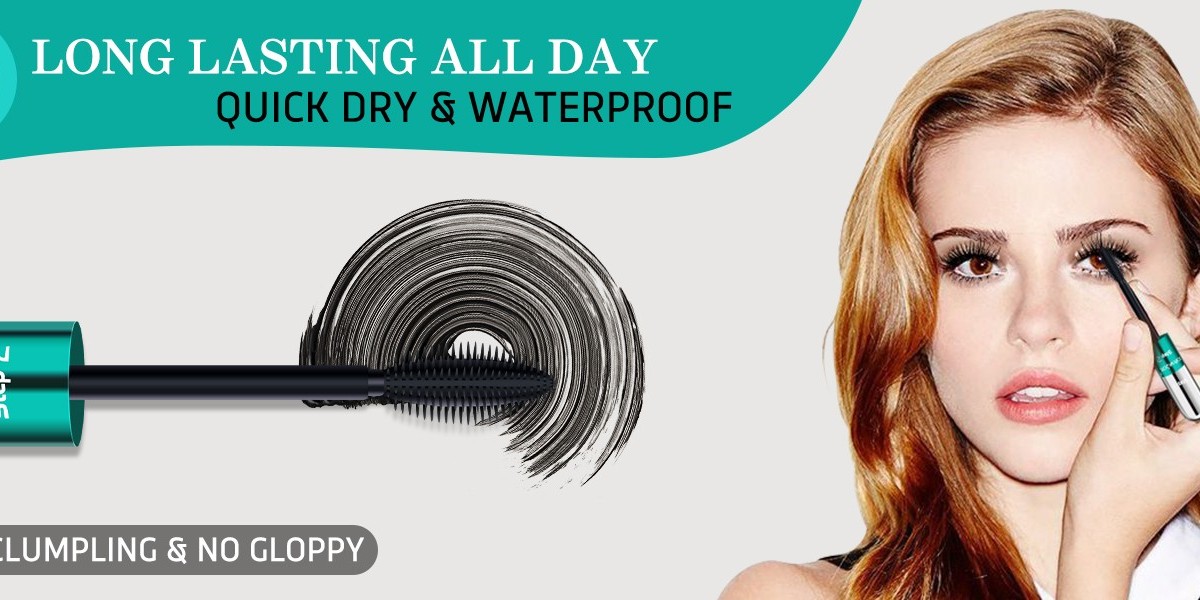The Ultimate Guide to Website Design: Crafting an Engaging Online Presence
Introduction
In the digital era, a website serves as the face of a business, personal brand, or organization. Whether you're a startup looking to establish your presence, an entrepreneur expanding your reach, or a company aiming to improve user engagement, website design plays a crucial role. A well-designed website ensures seamless navigation, enhanced user experience, and higher conversion rates.
This blog explores the key aspects of website design, its importance, best practices, and the latest trends. Additionally, we will answer some common questions related to website design to help you make informed decisions.
What Is Website Design?
Website design refers to the process of creating and arranging the visual and functional elements of a website. It encompasses aspects such as layout, color schemes, typography, imagery, and interactive features to ensure a visually appealing and user-friendly experience.
A website’s design should be both aesthetically pleasing and practical, providing users with easy navigation and access to relevant information. Effective website design requires a balance between creativity and usability, ensuring that visitors stay engaged and take desired actions.
Why Is Website Design Important?
A well-designed website is crucial for several reasons:
1. First Impressions Matter
Your website is often the first interaction potential customers have with your brand. A poorly designed site can drive visitors away, while an attractive and professional design encourages them to explore further.
2. Enhances User Experience (UX)
Good website design ensures that visitors can navigate easily, find information quickly, and enjoy a seamless experience across devices.
3. Boosts SEO Rankings
Search engines prioritize well-structured websites with clean code, fast loading speeds, and mobile responsiveness. An optimized design improves search engine rankings, increasing visibility.
4. Increases Conversions and Engagement
A visually appealing and well-organized website encourages users to take action, whether it's making a purchase, signing up for a newsletter, or contacting your business.
5. Builds Brand Credibility
A professional-looking website instills trust in potential customers, enhancing brand credibility and loyalty.
Key Elements of Website Design
Professional web design in USA helps businesses create stunning websites.
1. Responsive Design
With mobile devices accounting for a large portion of web traffic, responsive design is essential. Your website should adapt to different screen sizes and provide an optimal viewing experience on desktops, tablets, and smartphones.
2. User-Friendly Navigation
A well-structured website with clear menus and intuitive navigation ensures visitors can find what they need quickly. Categories, subcategories, and a search function improve usability.
3. Visual Appeal and Branding
The use of colors, fonts, and images should align with your brand identity. A cohesive design strengthens brand recognition and makes your website more engaging.
4. High-Quality Content
Content is king when it comes to website design. Engaging text, compelling images, and informative videos keep users interested and encourage them to spend more time on your site.
5. Fast Loading Speed
Slow websites lead to high bounce rates. Optimizing images, using caching, and choosing a reliable hosting provider help improve website speed.
6. Strong Call-to-Action (CTA)
A well-placed CTA guides users toward the desired action, such as signing up, purchasing, or contacting your business. Clear, action-oriented language is key.
7. SEO Optimization
A well-designed website incorporates SEO best practices, including keyword-rich content, meta tags, alt text for images, and clean URL structures.
Website Design Trends in 2025
Expert web design in UK makes websites visually appealing.
1. Dark Mode and Minimalist UI
Dark mode enhances user experience by reducing eye strain and creating a modern look. Minimalist UI focuses on clean, clutter-free designs.
2. AI-Powered Design and Chatbots
AI-driven tools help create personalized user experiences, while chatbots improve customer support by answering queries instantly.
3. Interactive and Motion Design
Micro-interactions, animations, and scrolling effects make websites more engaging and visually appealing.
4. Voice Search Optimization
With the rise of voice assistants, optimizing websites for voice search ensures better accessibility and visibility.
5. Augmented Reality (AR) Integration
AR enhances user engagement by allowing visitors to visualize products before purchasing, making it ideal for e-commerce websites.
How to Choose the Right Website Design Company
If you lack the technical skills to build a website yourself, hiring a professional website design company is a smart choice. Here are a few tips:
Check Their Portfolio – Review their past projects to assess their design style and quality.
Read Client Reviews – Testimonials and reviews provide insight into their reliability and expertise.
Evaluate Their Expertise – Ensure they have experience with modern web technologies, SEO, and user experience design.
Discuss Customization Options – A good design agency should offer tailored solutions that align with your brand vision.
Inquire About Post-Launch Support – Website maintenance and updates are crucial for long-term success.
Frequently Asked Questions (FAQs)
1. How long does it take to design a website?
The timeline depends on the complexity of the project. A simple website may take a few weeks, while a fully customized website can take months.
2. What is the cost of website design?
Website design costs vary based on features, customization, and the expertise of the designer. A basic website may cost a few hundred dollars, while advanced designs with e-commerce functionality can cost thousands.
3. What is the difference between web design and web development?
Web design focuses on the visual and user experience aspects, while web development involves coding and functionality. Designers create layouts, while developers bring them to life using programming languages.
4. Can I design my website myself?
Yes, website builders like Wix, Squarespace, and WordPress allow users to create websites without coding. However, professional design ensures better quality and functionality.
5. What platform should I use for my website?
The best platform depends on your needs. WordPress is popular for flexibility, Shopify is great for e-commerce, and Wix offers user-friendly drag-and-drop functionality.
6. Why is mobile-friendly design important?
A mobile-friendly website ensures a seamless experience for users on smartphones and tablets, improving engagement and search rankings.
7. How often should I update my website?
Regular updates ensure security, improved functionality, and fresh content. Websites should be updated at least every few months to stay relevant.
8. Do I need SEO for my website?
Yes, SEO helps your website rank higher on search engines, driving organic traffic and increasing visibility.
9. What makes a website user-friendly?
Clear navigation, fast loading speeds, responsive design, readable fonts, and accessible content contribute to a user-friendly website.
10. How do I secure my website?
Implementing SSL certificates, using strong passwords, updating software regularly, and using secure hosting enhance website security.
Conclusion
Website design is a critical factor in building an effective online presence. A well-designed website enhances user experience, boosts SEO rankings, and drives engagement and conversions. Whether you’re designing a website yourself or hiring a professional, focusing on functionality, aesthetics, and optimization ensures success.
Investing in high-quality website design is a long-term strategy that helps businesses grow, improve brand credibility, and stay competitive in the digital landscape. By keeping up with the latest design trends and best practices, you can create a website that not only looks great but also delivers outstanding performance.








